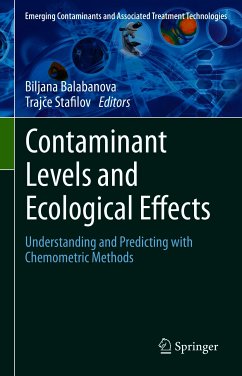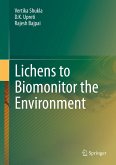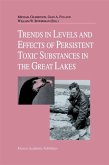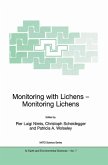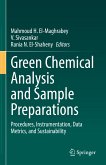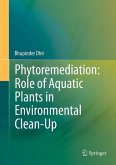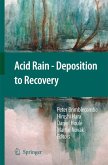This volume uses chemometric mathematical modelling approaches to investigate geographic areas at risk of ecological degradation due to pollution. While most analytical approaches in environmental research involve sophisticated and sensitive instrumental techniques, this book employs chemometric techniques to create a corresponding data matrix to extract accurate and realistic environmental information in areas vulnerable to and affected by hazardous substances. The text offers case studies to establish a general framework of the opportunities, advantages, weaknesses and challenges of these mathematical approaches, and provides a chemometric model of each focus area to assess the long-distance distribution of pollutants. The case studies highlight the potential use of novel chemometric models for mitigating and preventing environmental pollution and ecological risks, while also providing reviews of the current status and developments in chemometric analysis of environmental pollution. The book will be of interest to students and researchers in environmental and agricultural chemistry, environmental pollution modelling and ecological degradation.
Dieser Download kann aus rechtlichen Gründen nur mit Rechnungsadresse in A, B, BG, CY, CZ, D, DK, EW, E, FIN, F, GR, HR, H, IRL, I, LT, L, LR, M, NL, PL, P, R, S, SLO, SK ausgeliefert werden.

